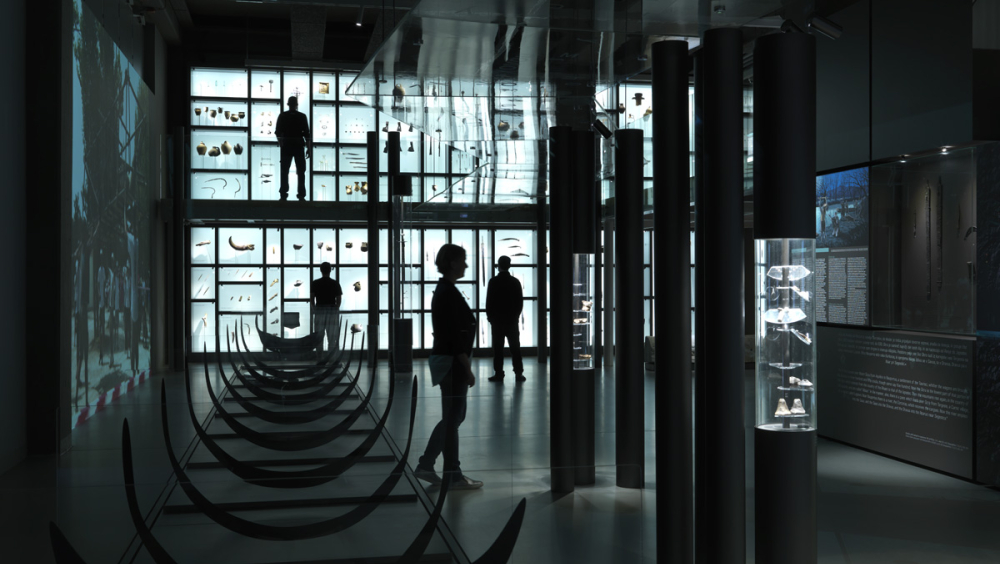The Ljubljanica, A River that connects
The Ljubljanica River features an extensive karstic and wetland basin and numerous archaeological finds that place it among the world’s sites of special interest. River of many names along its long and mysterious route through karstic terrain disappears and re-emerges several times. One of the richest and at the same time most endangered archaeological sites was declared a cultural monument of national importance in 2003 and is also protected as natural assets of national importance.
The European Union recognised the great development potential of cultural heritage, and declared 2018 the European Year of Cultural Heritage, while 2018 and 2019 will involve special attention focused on cultural tourism, which represents one of the fundamental economic sectors on a global scale. The mass visiting of world attractions, a phenomenon which has been growing rapidly in recent years, brings with it the danger of a lower quality of life for local residents and has already been threatening monuments of natural and cultural heritage. New projects are thus being oriented towards sustainable forms of development that include integrated planning and connecting on the macro-regional level. At the same time, they are building on the revitalisation of degraded areas, which are a consequence of diffuse and unsystematic spatial planning, the collapse of major industrial operations, neglect of historical cities and village cores, sources of environmental pollution. Museum and Galleries of Ljubljana, in cooperation with the Municipality of Vrhnika, carried out an integrated project to protect the most endangered part and revitalise the heritage of the Ljubljanica River. The fundamental purpose was to bring the extraordinary development potential of the spatial features and the cultural and natural heritage face to face with economic and environmental decline, which reduces the quality of life and contributes to the exclusion of local residents, especially young people.
The pronouncement of the social importance of heritage, of the need to preserve it for the public good and of the development potentials in the scientific, cultural, educational and economic fields, is reflected in ensuring the public interest and observing a participatory approach in its management. The project goes beyond the local boundaries and works actively in including parties from civil society. The main emphasis is on focusing on the primary satisfaction of the needs of local residents who, in view of the high quality of life and a sense of belonging to the local environment, are becoming the main generators of development. The involvement of special-interest groups in co-designing development plans ensures sustainable impacts on the environment, in the development of economic, cultural and other social activities, the revival of old traditions and crafts and the revitalisation of abandoned industrial and residential areas.
Cultural heritage has an important part to play in designing the future of Europe. In memory of the millions of dead a hundred years after the end of the “War to End All Wars”, when the survivors believed that something like that could never happen again, let there be no room in a united Europe for building walls. There is no shortage of opportunities for implementing the motto of the Year of Cultural Heritage – “where the past meets the future”.
